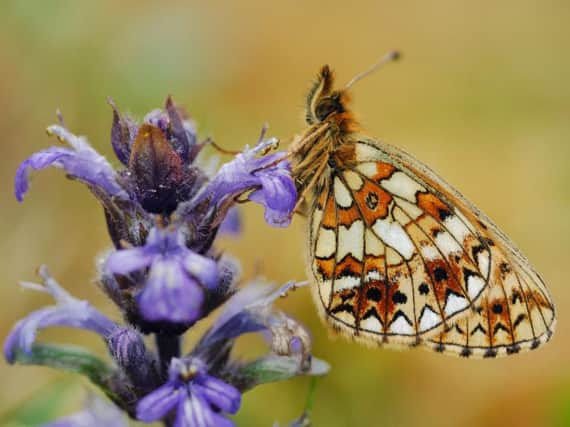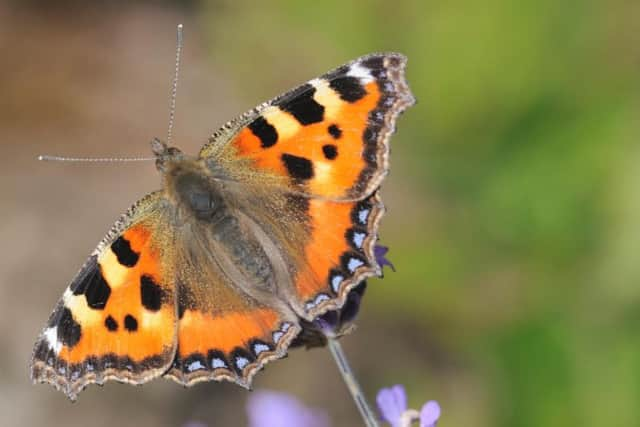Climate change impacting Scotland's butterflies


The latest Scottish Biodiversity Indicator, produced by the government’s nature agency, reveals that Scotland’s butterflies populations have remained largely stable over the past 40 years but are demonstrating a mixed response to the impacts of climate change.
Winners and losers
Many butterflies - particularly those that don’t rely on specific food plants to survive - are benefiting from higher summer temperatures, increasing in numbers and spreading northwards to populate areas that would have previously been too cold.


Advertisement
Hide AdAdvertisement
Hide AdBut milder, wetter winters are having the opposite effect on other species.
Winners include the ringlet, peacock, orange-tip, small skipper, Essex skipper, white-letter hairstreak and small heath.
Seasonal visitors to the country, such as the well-known red admiral, have also increased as a result of warmer weather.
The grayling, which prefers to live in coastal areas such as dunes, saltmarshes and cliffs, has seen UK numbers crash by nearly 50 per cent in four decades.
Small tortoiseshell and small copper colonies have also decreased.
Conversely, other specialist species, including the small pearl-bordered fritillary and pearl-bordered fritillary, rose significantly.
Wetter winters
Experts believe a combination of factors, including the spread of urbanisation, changing land use and the effects of climate change, are behind the trend.
Recent research has shown that warmer and rainier winters are having a particularly bad effect on some of the insects, including the small tortoiseshell.
Advertisement
Hide AdAdvertisement
Hide AdThe report also shows that butterflies in Scotland are generally doing better than their counterparts south of the border.
“While butterfly populations in Scotland have remained stable overall, a closer look at the data reveals that climate change is impacting differently on different species,” said Simon Foster, trends and indicators analyst for Scottish Natural Heritage.
“We know that nature-based solutions are crucial to helping us tackle the climate emergency, and together with partners we are working on a range of projects to help pollinators such as butterflies.”
Helping butterflies
But he says members of the public can also do their bit to help struggling species.
“Planting butterfly-friendly native plants can help populations locally, and leaving nettles alone will ensure an essential food plant for small tortoiseshells,” he said.
“Providing a nice dry area such as a log pile or an old shed left partly open can also provide essential overwintering conditions for small tortoiseshell and peacock butterflies.”
The Scottish Biodiversity Indicator - Butterflies is a multi-species index compiled by Butterfly Conservation and the Centre for Ecology & Hydrology, using data primarily from the UK Butterfly Monitoring Scheme.
